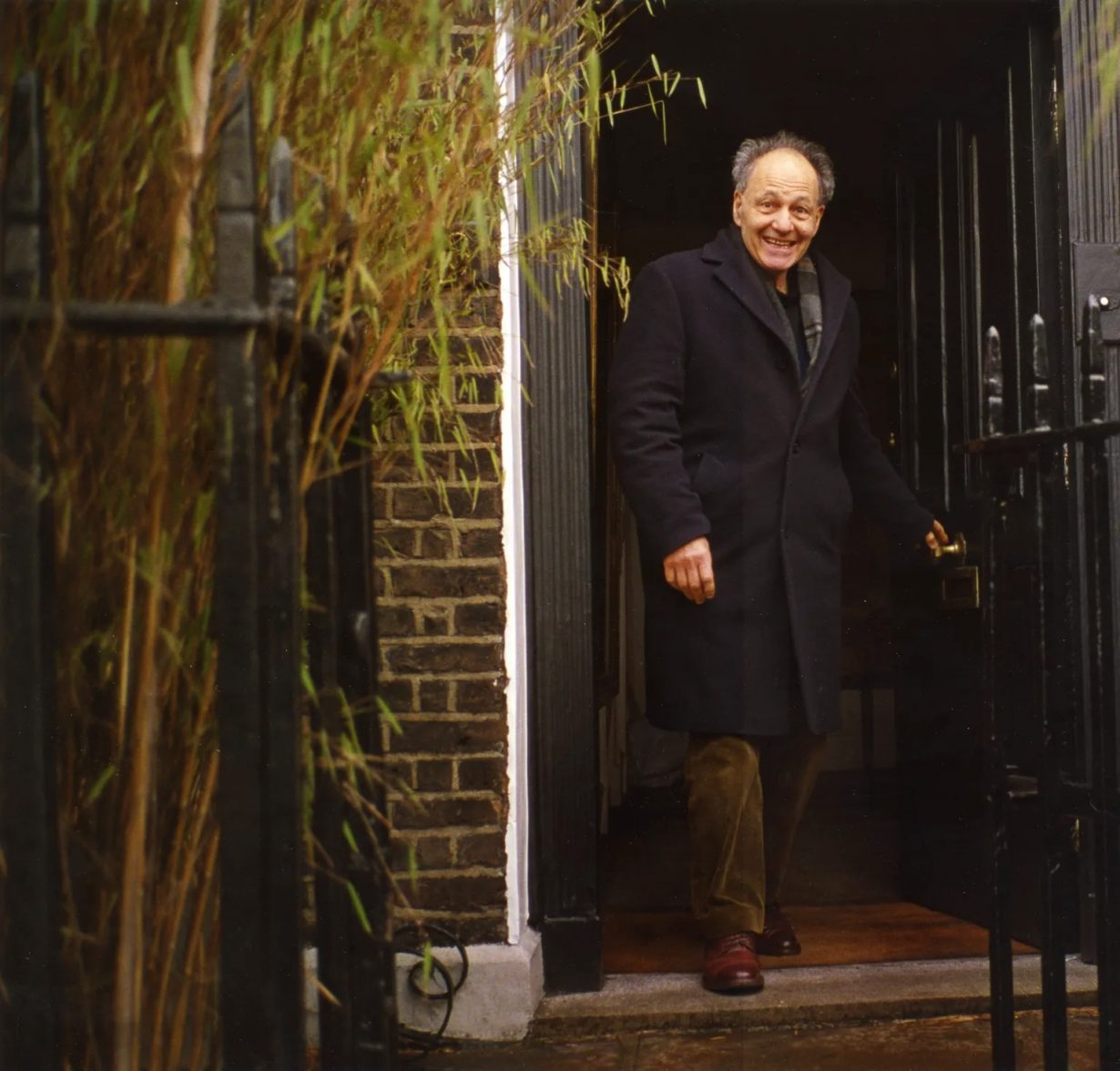
Frank Auerbach, whose almost alchemical impasto paintings seemed to undulate with a thick topography of brushstrokes and pigment, has died aged ninety-three. Geoffrey Parton, the director of Auerbach’s gallery Frankie Rossi Art Projects, said: ‘We have lost a dear friend and remarkable artist but take comfort knowing his voice will resonate for generations to come.’
One of the most significant artists of the postwar era, he is often associated with his near-contemporaries Lucian Freud, Leon Kossoff and Francis Bacon, who together formed part of the ‘London School’ group of figurative painters in the 1970s. ‘I don’t like the paint to be too couth, too conscious, too adept. I have no idea when I start what I will do,’ Auerbach said in an interview with the Times in 2022. ‘I work amid an inchoate mass and hope that something I will recognise as true and coherent will emerge.’
Born in Berlin in 1931, Auerbach arrived in England in 1939 after he was sent abroad by his parents as they sought to save their son from the Holocaust. Auerbach found himself growing up an orphan in postwar bombed-out London, following the murder of both his parents in Auschwitz, at a time when optimism for the future was laced with the reality of recent horrors.
He naturalised as a British citizen in 1947, and went on the following year to study painting at St Martin’s School of Art, and later the Royal College of Art, leaving with first-class honours in 1955. The shadow of the war hung over his brooding, psychological studies of the people and places that played an important role in his life, and his near-abstract impressions of the city’s ruins and building sites.
In 1954 Auerbach took a studio in Mornington Crescent in north London, where he would work daily (and at times nightly) for the rest of his life, while the surrounding neighbourhood often appeared in his landscape scenes. His vivid painted and charcoal portraits focused almost exclusively on those in his close circle of friends and family, including his wife, the painter Julia Wolstenholme, and their son Jacob Auerbach – alongside searching self-portraits. His process was notoriously slow, with sitters sometimes required to return for weekly two-hour sessions for months on end. ‘There’s always this idea of an impossible, perfect, fierce new image that I can’t quite reach,’ he said in 2022, ‘and so I go on.’
Auerbach had his first retrospective at the Hayward Gallery in 1978 following a string of solo shows at London’s Beaux Arts Gallery and Marlborough Gallery, while in 1986 he was jointly awarded (with Sigmar Polke) the Golden Lion at the Venice Biennale where he represented Britain. His reputation continued to grow in the decades that followed: a joint retrospective at the Tate Britain and Kunstmuseum Bonn opened in 2015, for which the Sunday Times called him ‘our greatest living artist’, alongside major exhibitions at the Royal Academy, the Van Gogh Museum, the Centro de Arte Reina Sofia and a display of his charcoal portraits at the Courtauld earlier this year.
In an interview with the Financial Times this January, Auerbach stated: ‘Everything I finish has been a surprise, not what I intended or hoped for. It’s when you’ve run out of conscious things, something takes it over, and one has done something that can stand up for itself.’